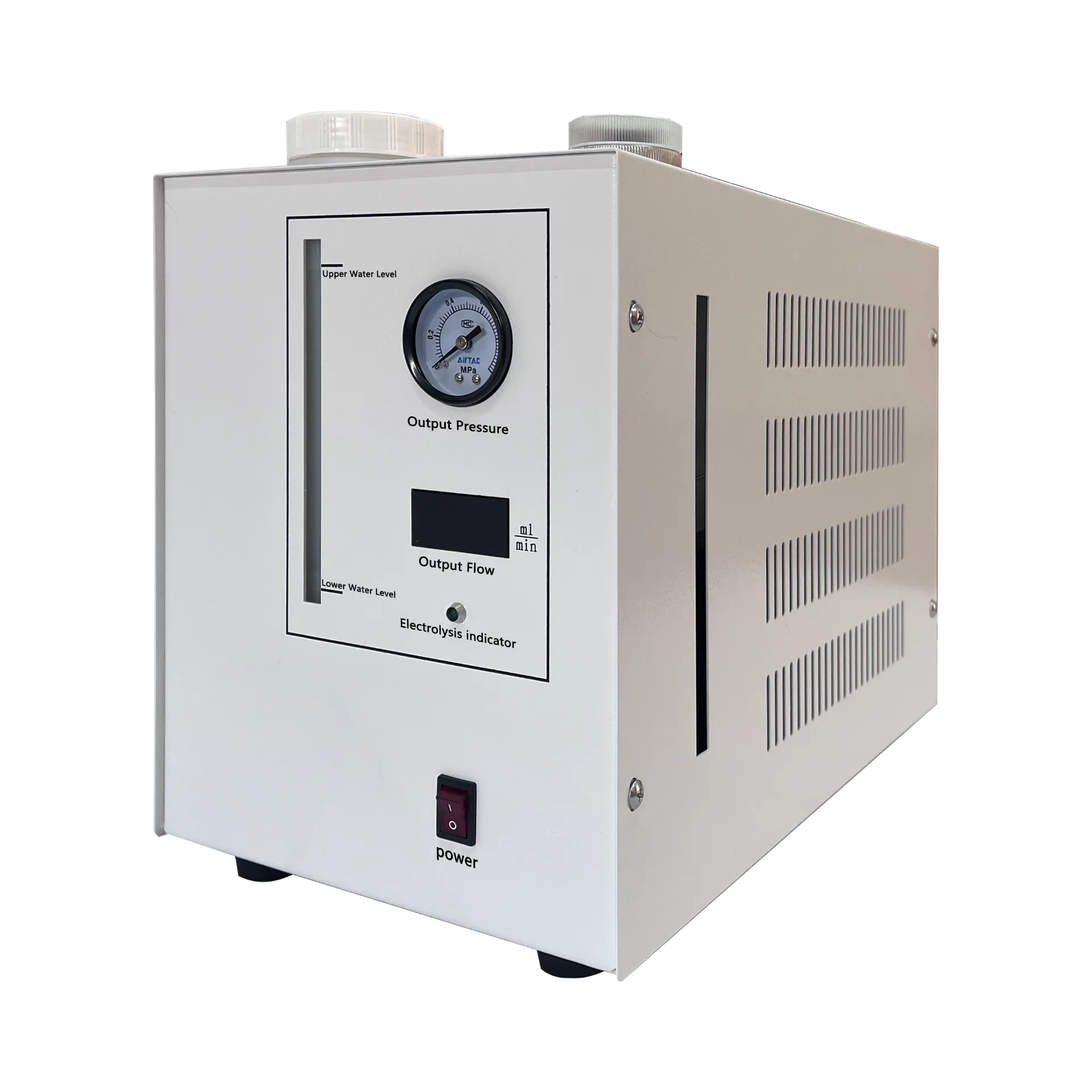 English
English



-
 Afrikaans
Afrikaans -
 Albanian
Albanian -
 Amharic
Amharic -
 Arabic
Arabic -
 Armenian
Armenian -
 Azerbaijani
Azerbaijani -
 Basque
Basque -
 Belarusian
Belarusian -
 Bengali
Bengali -
 Bosnian
Bosnian -
 Bulgarian
Bulgarian -
 Catalan
Catalan -
 Cebuano
Cebuano -
 China
China -
 China (Taiwan)
China (Taiwan) -
 Corsican
Corsican -
 Croatian
Croatian -
 Czech
Czech -
 Danish
Danish -
 Dutch
Dutch -
 English
English -
 Esperanto
Esperanto -
 Estonian
Estonian -
 Finnish
Finnish -
 French
French -
 Frisian
Frisian -
 Galician
Galician -
 Georgian
Georgian -
 German
German -
 Greek
Greek -
 Gujarati
Gujarati -
 Haitian Creole
Haitian Creole -
 hausa
hausa -
 hawaiian
hawaiian -
 Hebrew
Hebrew -
 Hindi
Hindi -
 Miao
Miao -
 Hungarian
Hungarian -
 Icelandic
Icelandic -
 igbo
igbo -
 Indonesian
Indonesian -
 irish
irish -
 Italian
Italian -
 Japanese
Japanese -
 Javanese
Javanese -
 Kannada
Kannada -
 kazakh
kazakh -
 Khmer
Khmer -
 Rwandese
Rwandese -
 Korean
Korean -
 Kurdish
Kurdish -
 Kyrgyz
Kyrgyz -
 Lao
Lao -
 Latin
Latin -
 Latvian
Latvian -
 Lithuanian
Lithuanian -
 Luxembourgish
Luxembourgish -
 Macedonian
Macedonian -
 Malgashi
Malgashi -
 Malay
Malay -
 Malayalam
Malayalam -
 Maltese
Maltese -
 Maori
Maori -
 Marathi
Marathi -
 Mongolian
Mongolian -
 Myanmar
Myanmar -
 Nepali
Nepali -
 Norwegian
Norwegian -
 Norwegian
Norwegian -
 Occitan
Occitan -
 Pashto
Pashto -
 Persian
Persian -
 Polish
Polish -
 Portuguese
Portuguese -
 Punjabi
Punjabi -
 Romanian
Romanian -
 Russian
Russian -
 Samoan
Samoan -
 Scottish Gaelic
Scottish Gaelic -
 Serbian
Serbian -
 Sesotho
Sesotho -
 Shona
Shona -
 Sindhi
Sindhi -
 Sinhala
Sinhala -
 Slovak
Slovak -
 Slovenian
Slovenian -
 Somali
Somali -
 Spanish
Spanish -
 Sundanese
Sundanese -
 Swahili
Swahili -
 Swedish
Swedish -
 Tagalog
Tagalog -
 Tajik
Tajik -
 Tamil
Tamil -
 Tatar
Tatar -
 Telugu
Telugu -
 Thai
Thai -
 Turkish
Turkish -
 Turkmen
Turkmen -
 Ukrainian
Ukrainian -
 Urdu
Urdu -
 Uighur
Uighur -
 Uzbek
Uzbek -
 Vietnamese
Vietnamese -
 Welsh
Welsh -
 Bantu
Bantu -
 Yiddish
Yiddish -
 Yoruba
Yoruba -
 Zulu
Zulu
no load test of transformer
No-Load Test of Transformer An Overview
The no-load test of a transformer, often referred to as the open-circuit test, is a critical procedure used to assess the operational characteristics and performance of a transformer when it is not supplying any load. This test serves as an invaluable method to determine the core losses, magnetizing current, and essential parameters that characterize the behavior of the transformer under non-load conditions. In this article, we will delve into the significance, procedure, and analysis of the no-load test for transformers.
Importance of No-Load Test
The no-load test is primarily aimed at evaluating the core losses (also known as iron losses), which are inherent in the operation of transformers. These core losses consist of hysteresis losses and eddy current losses that occur in the transformer's core material when an alternating current is applied. Understanding these losses is crucial because they directly influence the efficiency and thermal performance of the transformer. Moreover, the test provides insights into the magnetizing reactance and aid in verifying the transformer's rated voltage.
By performing a no-load test, electrical engineers can ascertain the necessary parameters that comply with the design specifications, ensuring that the transformer will perform optimally during its operational lifespan. Moreover, the results from this test assist in the financial aspect, allowing for better cost analysis regarding operational efficiency.
Procedure of No-Load Test
The no-load test is executed by connecting a rated voltage to one of the transformer’s windings while leaving the other winding open. This arrangement allows for the generation of the magnetic field necessary for the transformer’s operation without any load connected. Typically, the following steps outline the procedure
no load test of transformer

1. Preparation Ensure that the transformer is properly grounded and all safety measures are in place. 2. Connection Connect a suitable AC voltage source to the primary winding of the transformer. The secondary winding should remain open-circuited. 3. Measurement Using appropriate measuring instruments, measure the current (no-load current), voltage, and power input (no-load losses) to the transformer. 4. Calculation Calculate the no-load losses based on the voltage, current, and power factor for the measurements obtained.
These measurements are critical in understanding the transformer's behavior when it is not under load and provide essential data for further performance assessments.
Analysis of Test Results
Once the no-load test is completed, the data collected must be analyzed to extract meaningful insights. The no-load losses are used to calculate both hysteresis and eddy current losses, the two components of core losses. The no-load current, which is generally small (often around 1-5% of full-load current), indicates the magnetizing current required to establish the magnetic field within the transformer.
The test results can be graphically represented, allowing for enhanced interpretation of the transformer's performance curve. Additionally, engineers can compare the results with the manufacturer's specifications to detect any deviations that may indicate potential issues within the transformer's core or windings.
Conclusion
In conclusion, the no-load test of a transformer is an essential procedure that provides critical insights into the transformer’s efficiency and performance. By assessing core losses and magnetizing characteristics, this test ensures that transformers operate within the desired specifications and remain reliable over their operational lifespan. Not only does it enhance our understanding of transformer dynamics, but it also serves as a foundational analysis for subsequent tests and evaluations essential for optimal power delivery in electrical systems. As the demand for energy efficiency continues to grow, performing diligent no-load testing will remain imperative in the design and maintenance of transformers.
-
Ensuring SF₆ Gas Safety: Introducing PUSH’s Integrated SF₆ Analyzer for Dew Point, Purity, and Decomposition MonitoringNewsJul.10,2025
-
Exploring the Main Types of Industrial Endoscopes and Their Applications Across IndustriesNewsJul.04,2025
-
Testing Equipment Industry Sees Major Advancements in 2025: Smart & Precision Technologies Lead the WayNewsJun.06,2025
-
Applications of Direct Current Generators in Renewable Energy SystemsNewsJun.05,2025
-
Hipot Tester Calibration and Accuracy GuidelinesNewsJun.05,2025
-
Digital Circuit Breaker Analyzer Features and BenefitsNewsJun.05,2025



